
Scottish collectors and collecting in central Africa, 1870–1930
This project researched African collections acquired from Scottish travellers, missionaries and explorers, focusing on the period between 1870 and 1930.
Last updated: 21 March 2022
About the project
Late-19th and early-20th century Scottish travellers, missionaries and explorers were among the first Europeans to visit or settle in central Africa. Many returned with examples of African material culture that are now held in the African Collections of National Museums Scotland, forming the backbone of the museum’s early ethnographic collections.
We know very little about the circumstances of their collection, whether they were displayed, and how they were received and interpreted by early curators and museum patrons. Funded by a Carnegie Trust Research Initiative Grant, the project carried out research into selected collections and relevant archival sources focusing on the period between 1870 and 1930.
This project was timely as anthropologists and historians of science began to look at the role of missionaries in supplying the ‘raw materials’ by which the British scientific community and the wider public learned about central African environments and societies. With increased attention by historians to the roles played by Scots in the colonisation of Africa this project focused on questions about the field practices of Scottish travellers and missionaries and their position in institutional and informal networks that connected field and museum. Through study of how objects were acquired, from whom, why, and in what circumstances, we add to our knowledge of historical cross-cultural interactions. Through the rich source material including weaponry, textiles and personal adornment, wooden carving, metalwork, and objects of natural history, the agency of material culture during a period in Scotland that saw increasing public awareness of central Africa was explored.
- Project title
Scottish collectors and collecting in central Africa, 1870–1930
- Project active
2016 - 2017
- Research theme
Scotland's Material Heritage, Identities and Cultural Contacts
Contributors
Dr Lawrence Dritsas - Principal Investigator
Dr Sarah Worden - Co-investigator
Further reading
Breitenbach, E. Empire and Scottish Society (Edinburgh: Edinburgh University Press, 2009)
Coombes, A.E. Reinventing Africa : museums, material culture, and popular imagination in late Victorian and Edwardian England (New Haven; London: Yale University Press, 1997)
Gosden, C., Knowing things : exploring the collections at the Pitt Rivers Museum, 1884-1945 (Oxford: Oxford University Press, 2007)
Longair, S. and J. McAleer, eds., Curating empire: museums and the British imperial experience (Manchester: Manchester : Manchester University Press, 2012)
Ross, R., Hinfelaar, M. and Peša, I., eds., The objects of life in Central Africa: the history of consumption and social change, 1840–1980. (Leiden: Brill, 2014)
Tilley, H. and R.J. Gordon, eds., Ordering Africa: anthropology, European imperialism and the politics of knowledge (Manchester: Manchester University Press, 2007)
Wingfield, C., '‘Scarcely more than a Christian trophy case’?: The global collections of the London Missionary Society museum (1814–1910).' Journal of the History of Collections (2016), doi:10.1093/jhc/fhw002.
The collections
The project included two collections from central Africa (covering modern-day Malawi, Zambia and Democratic Republic of Congo): one made by Adam Purves (1892–1901), working for the London Missionary Society, in the region of modern day Zambia, and one from the Democratic Republic of the Congo made by the Rev. James Moon (1907–1910 and 1913–1916), working with the Regions Beyond Missionary Union.
The project survey and photography of the collections helped build a clearer and more detailed picture of the range of material. Archive research by Project Principal Investigator Lawrence Dritsas, collating missionary papers and secondary sources from the study period brought together fascinating contextual information, not only relating to the collectors but to the original contexts of use of objects in the collection.
Objects from the Moon collection
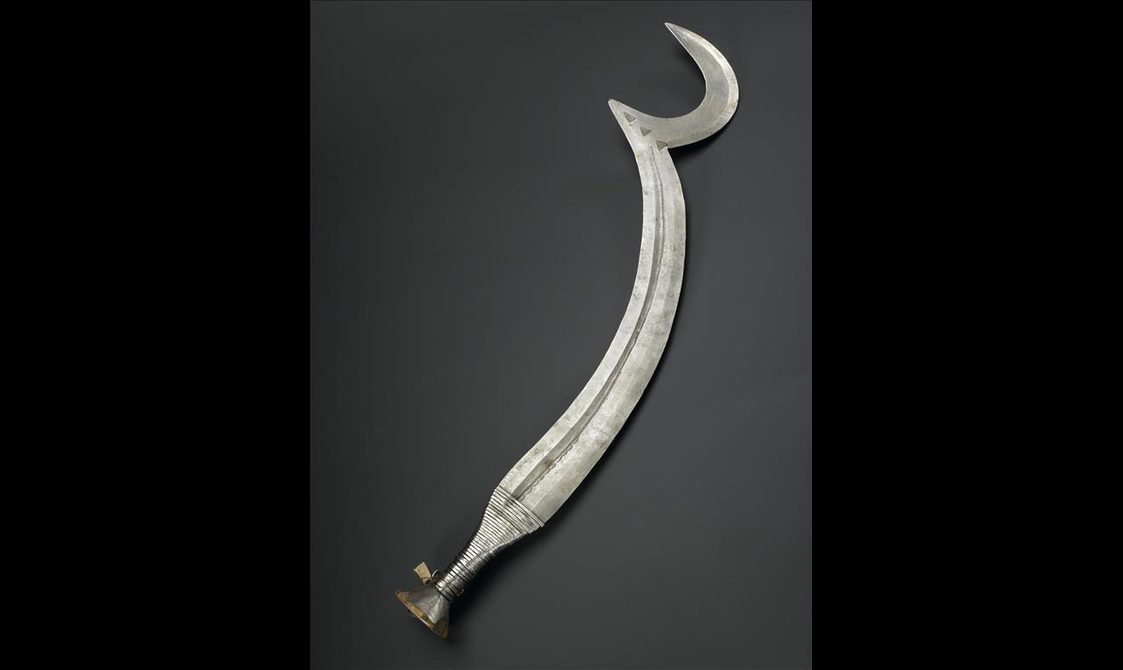
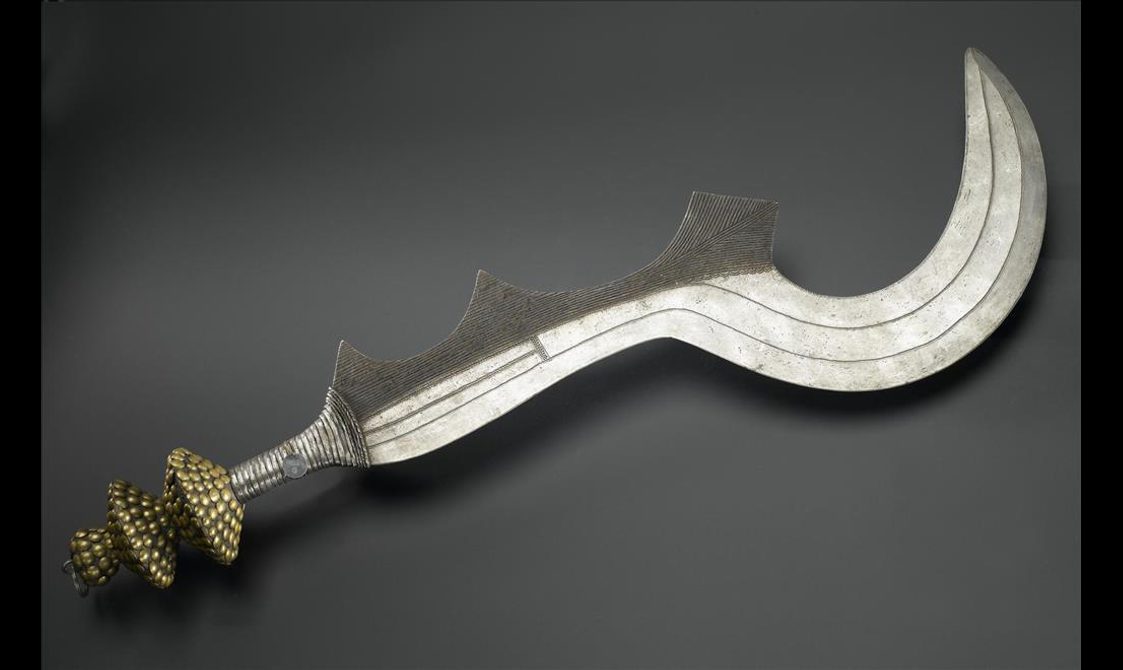
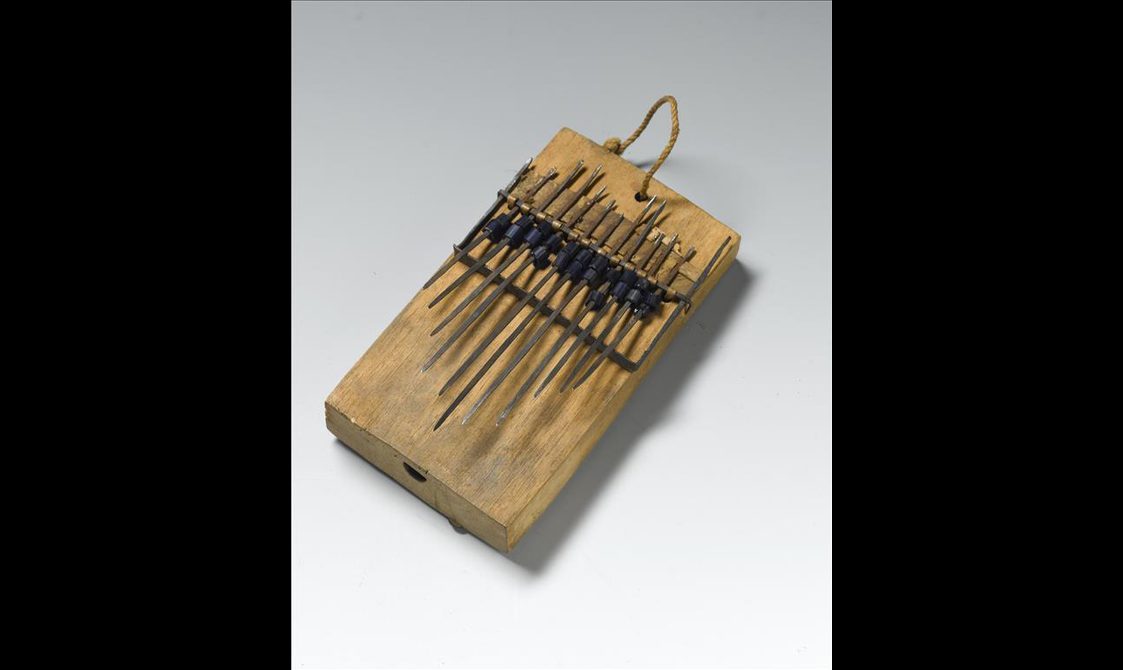
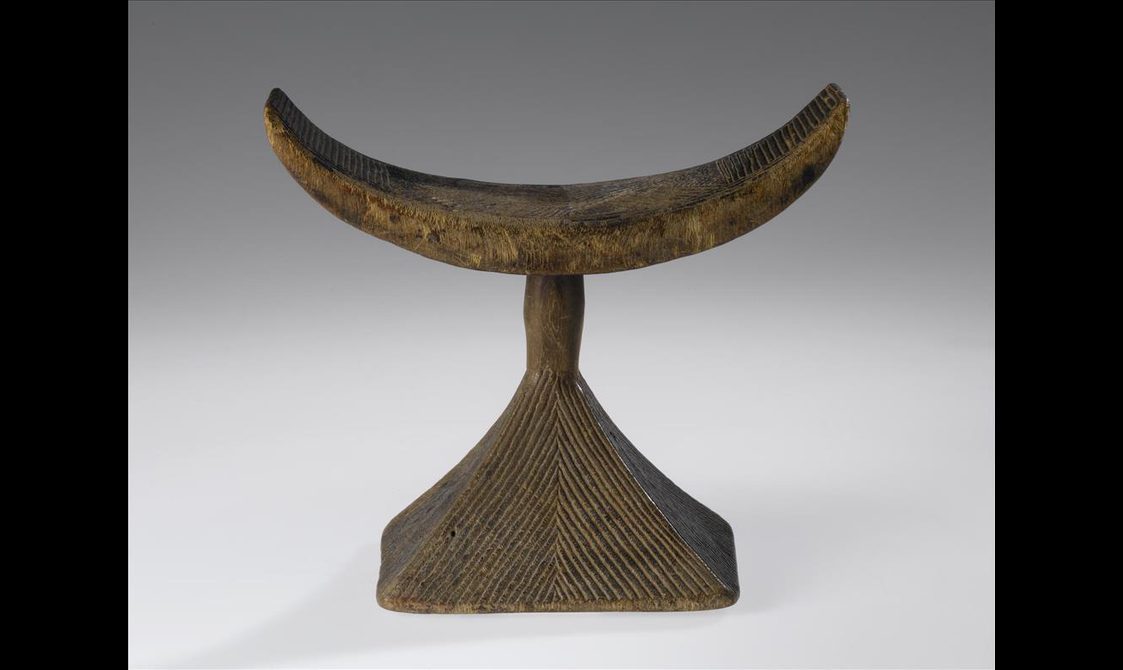


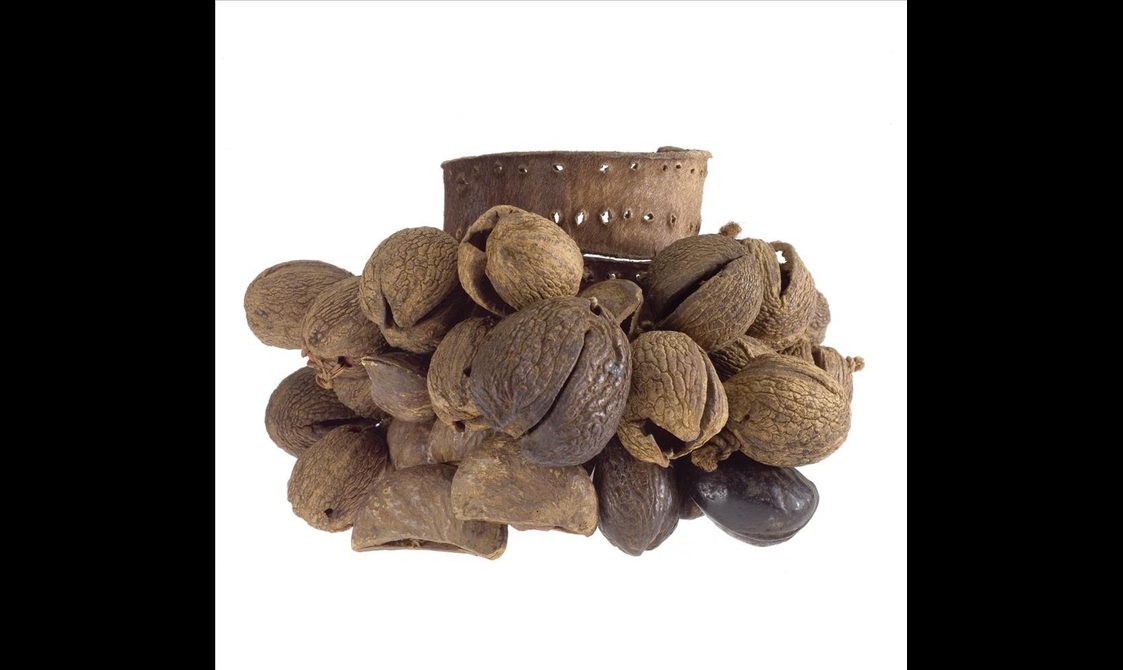
Objects from the Purves collection
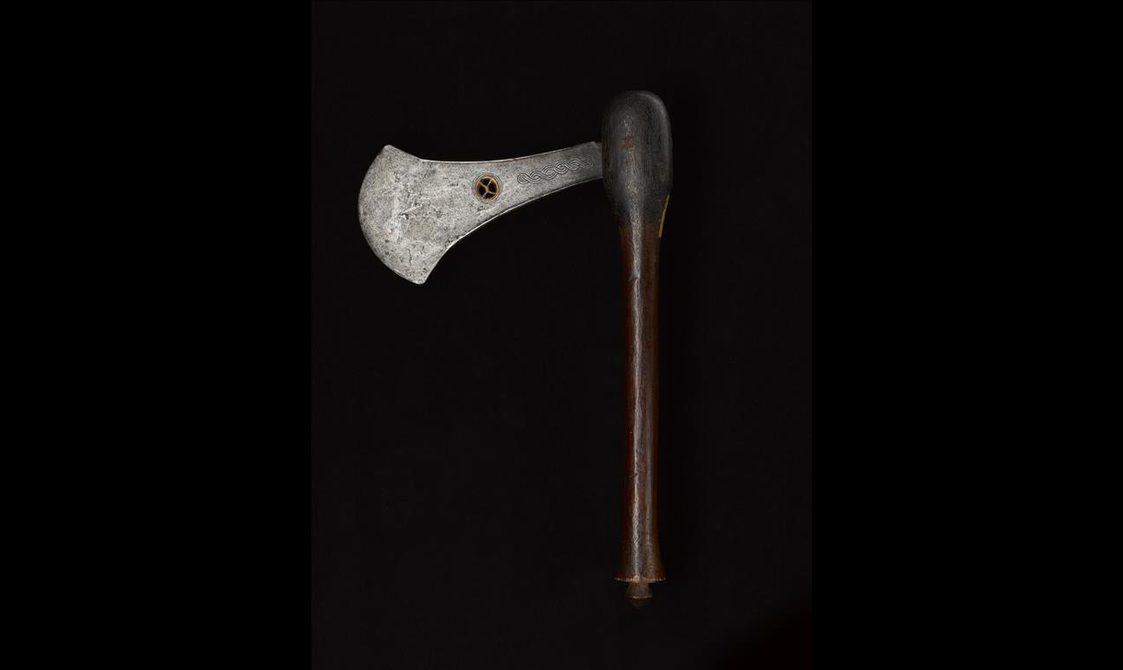
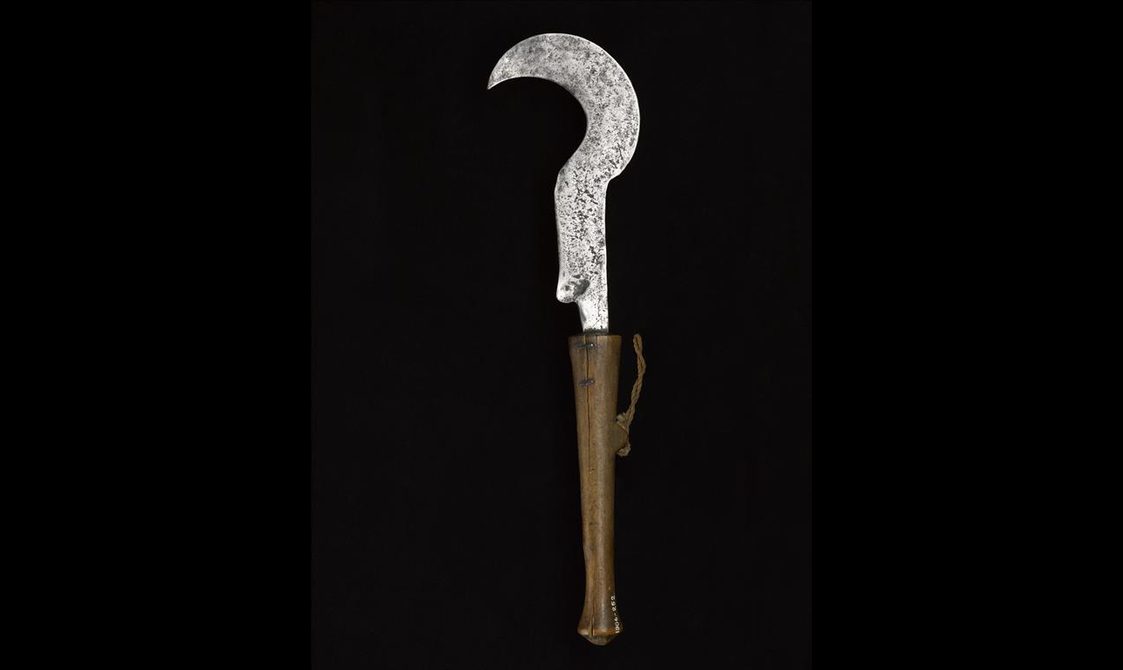
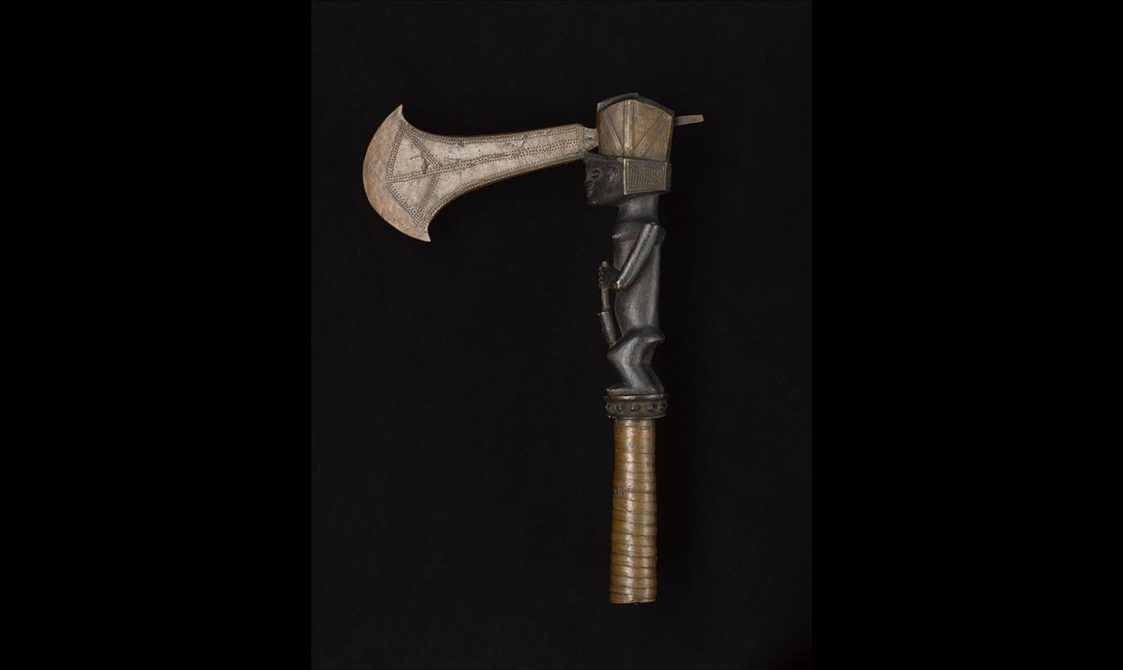

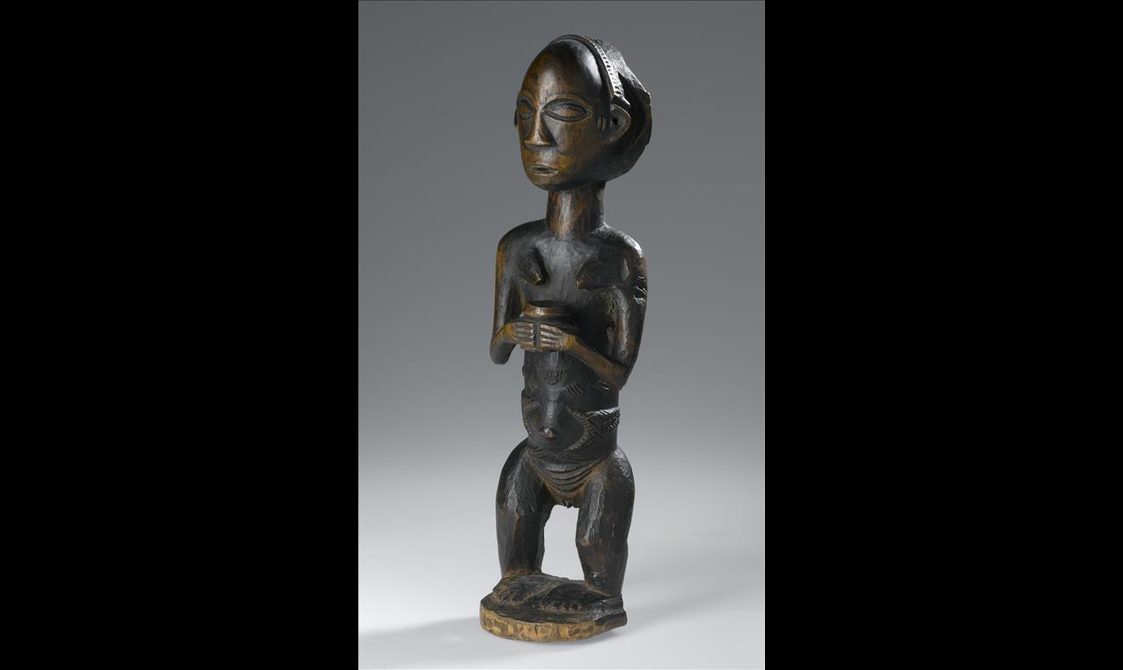
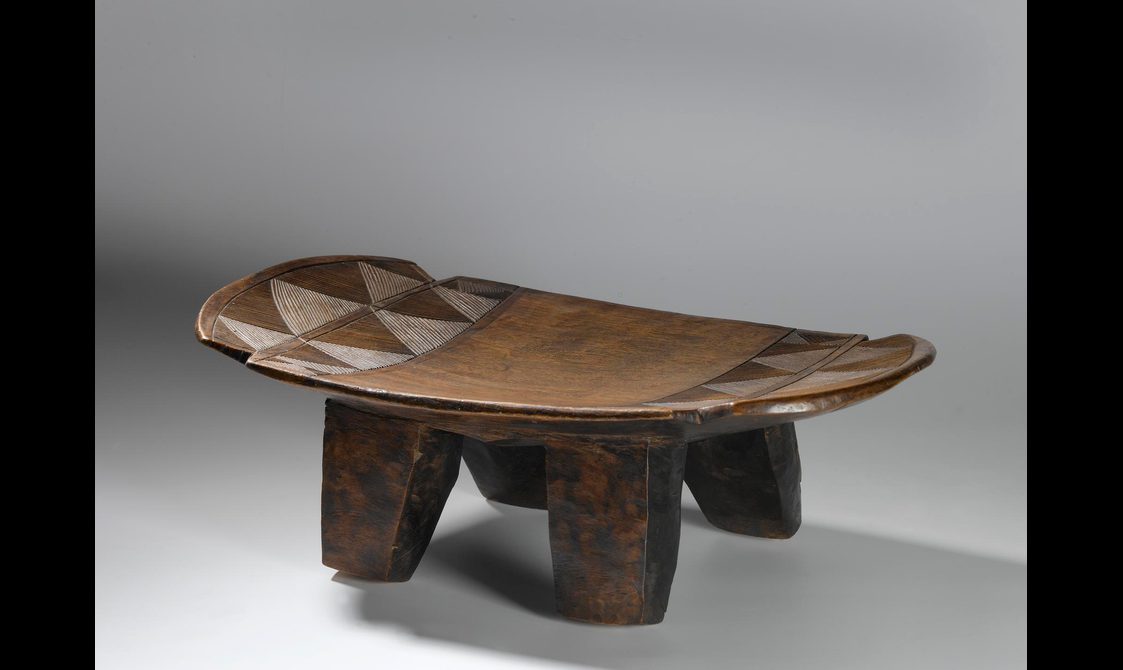
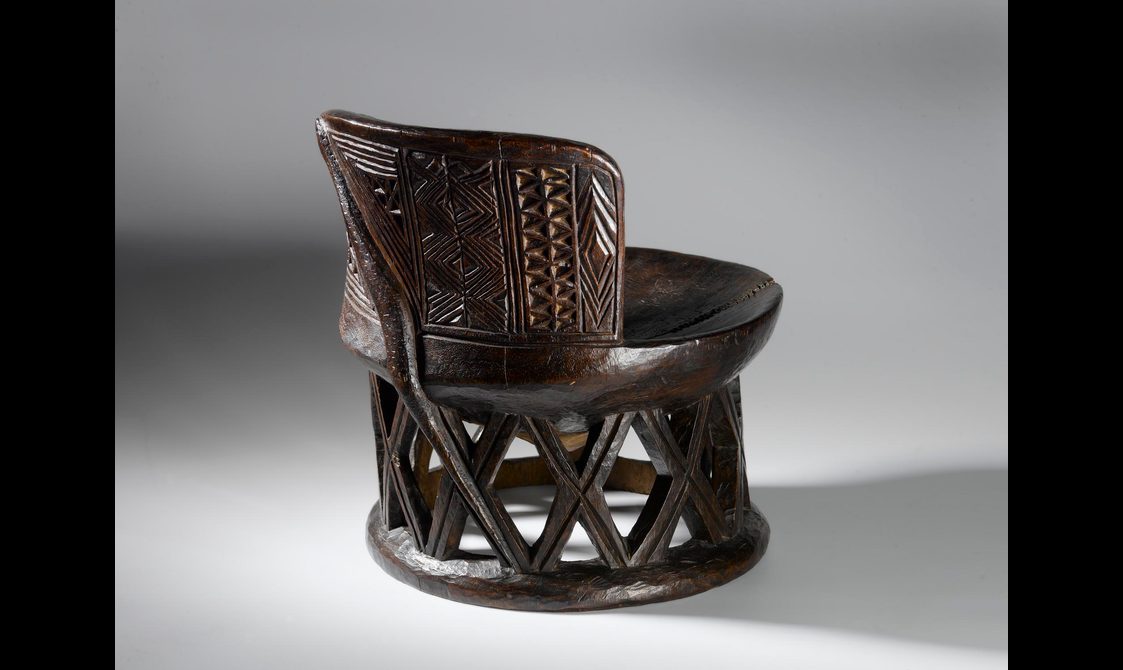
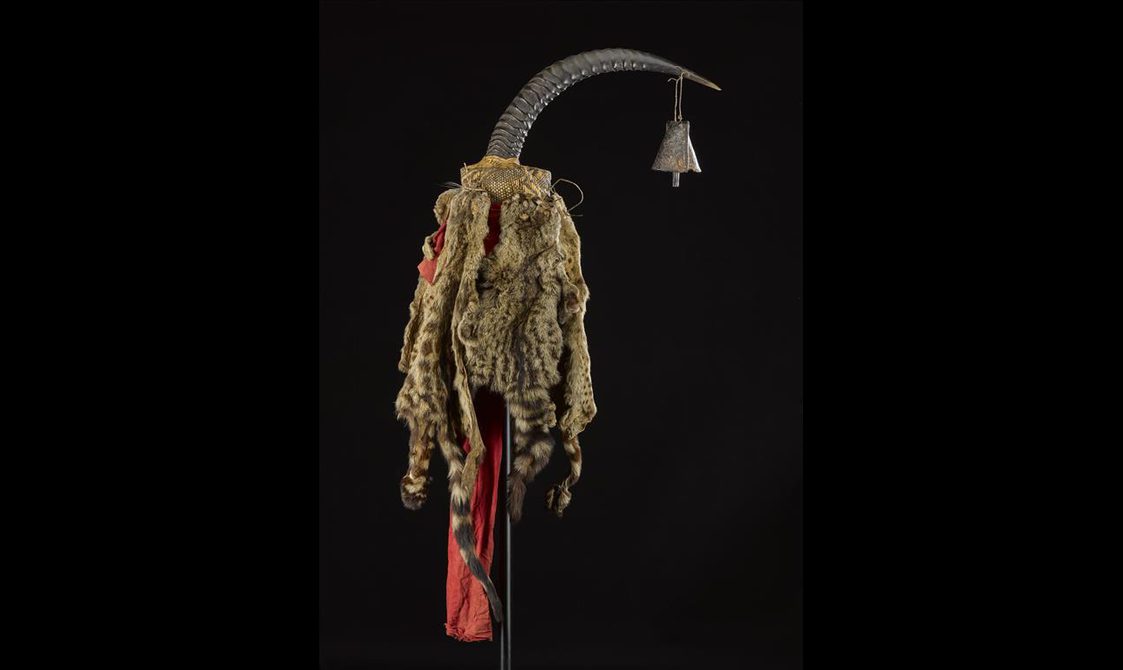
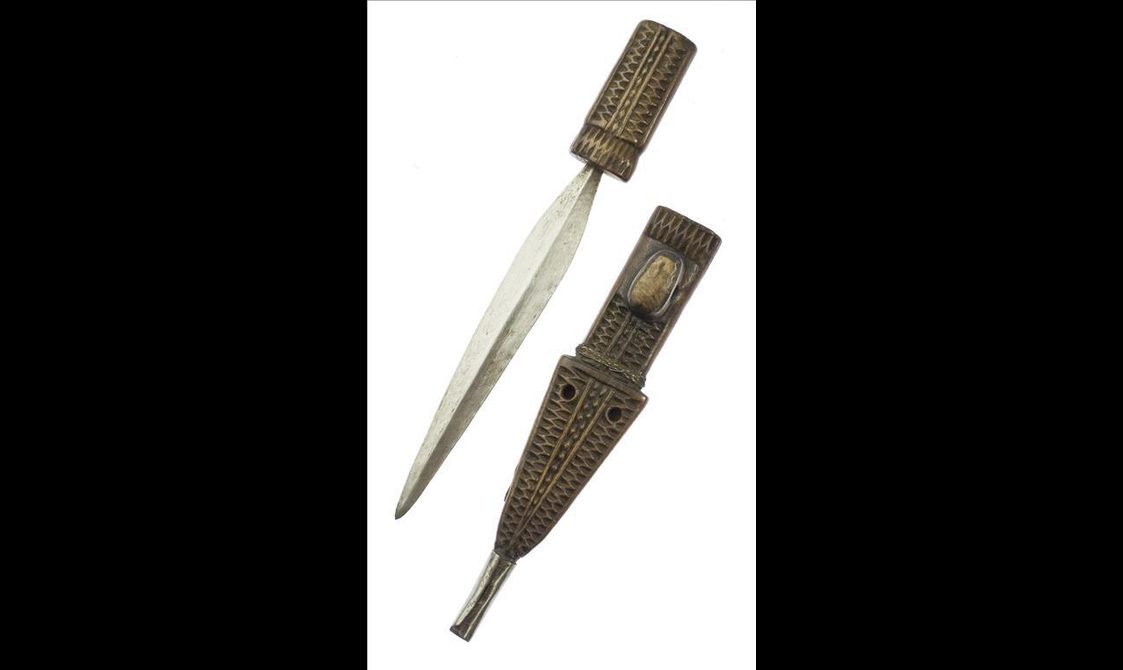

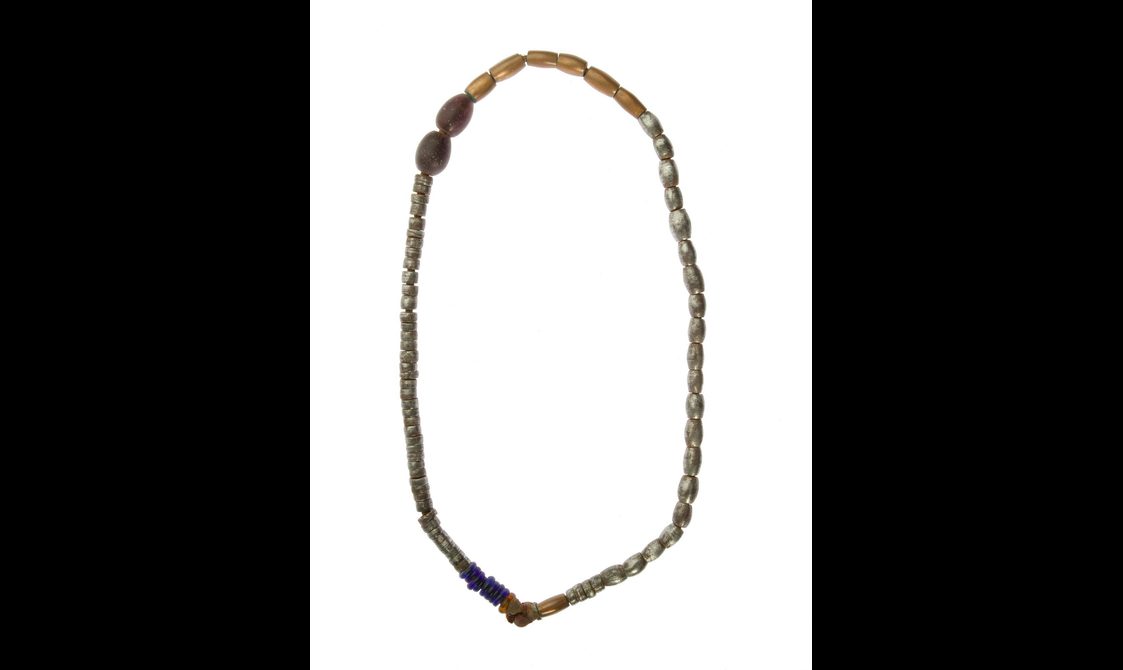

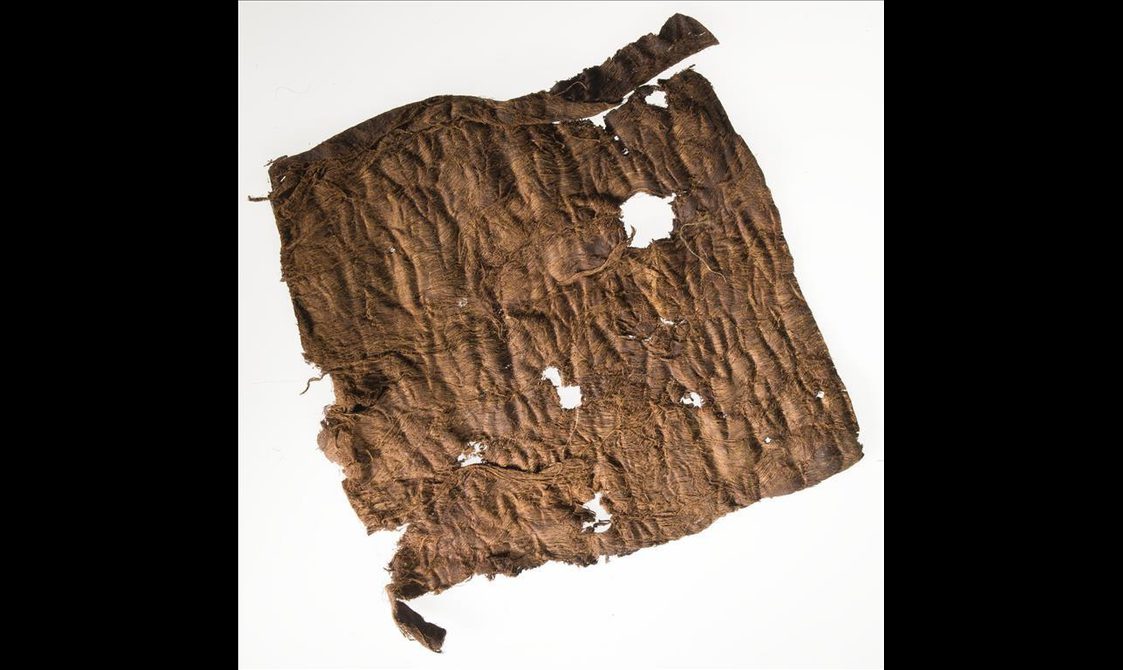
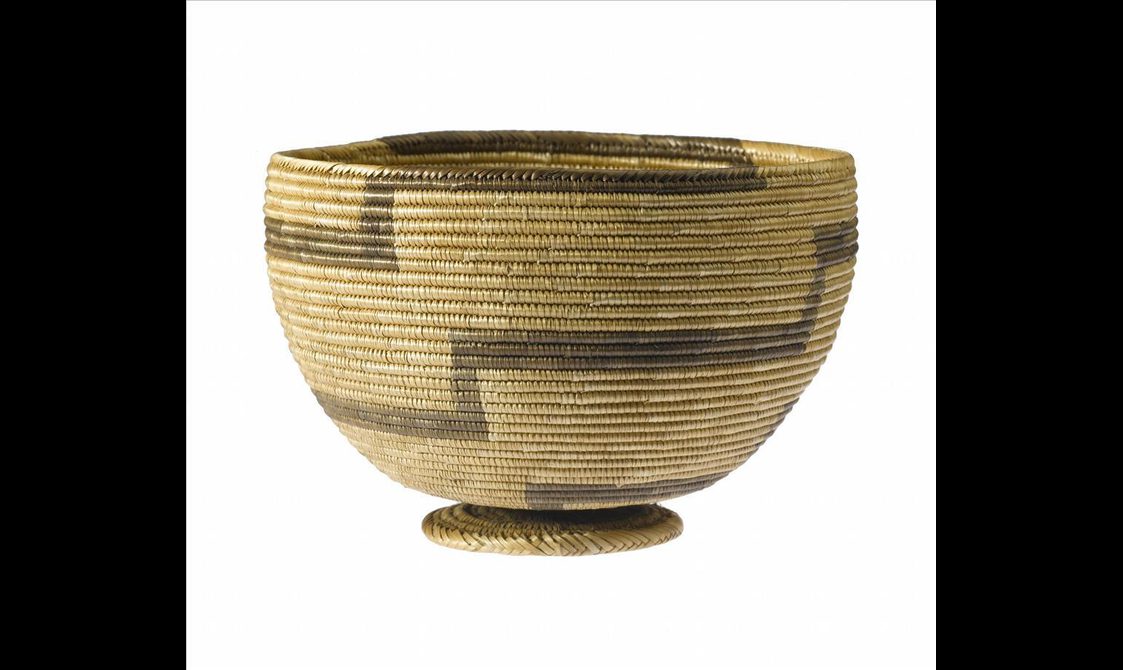
Focused survey of the objects in the collection has taken us into the lives of the people who produced and used them. Many items had an active role in the networks of exchange in which both Purves and Moon were living and working. Their acquisition of objects, such as the elaborate ceremonial weaponry and the personal adornment of high status materials including brass, copper and ivory armlets and anklets, is likely to have involved negotiation and reciprocity within and beyond local communities.
Many of the objects collected were worn, as indicators of age grade, status, wealth and ethnic identity. Highlights of the Moon collection include the palm fibre raffia textiles. Collected during the period of change from locally sourced and manufactured clothing to imported cotton cloth, these finely woven, corded, plaited and decorated women’s girdles and skirts are important material evidence of local styles. Other objects of dress include those described in the Museum register as ‘used’ ‘or ‘worn’ by ‘medicine men’ and ‘witchdoctors’. These include waist belts hung with multiple attachments of animal skin pouches, bones, horns, shells, beads and amulets. Further identification of the species used and contents of the pouches bound up with natural fibres (using the latest scanning techniques) would help build on our knowledge of the symbolic hierarchy of materials used in different communities.
Raffia textiles from the Moon collection
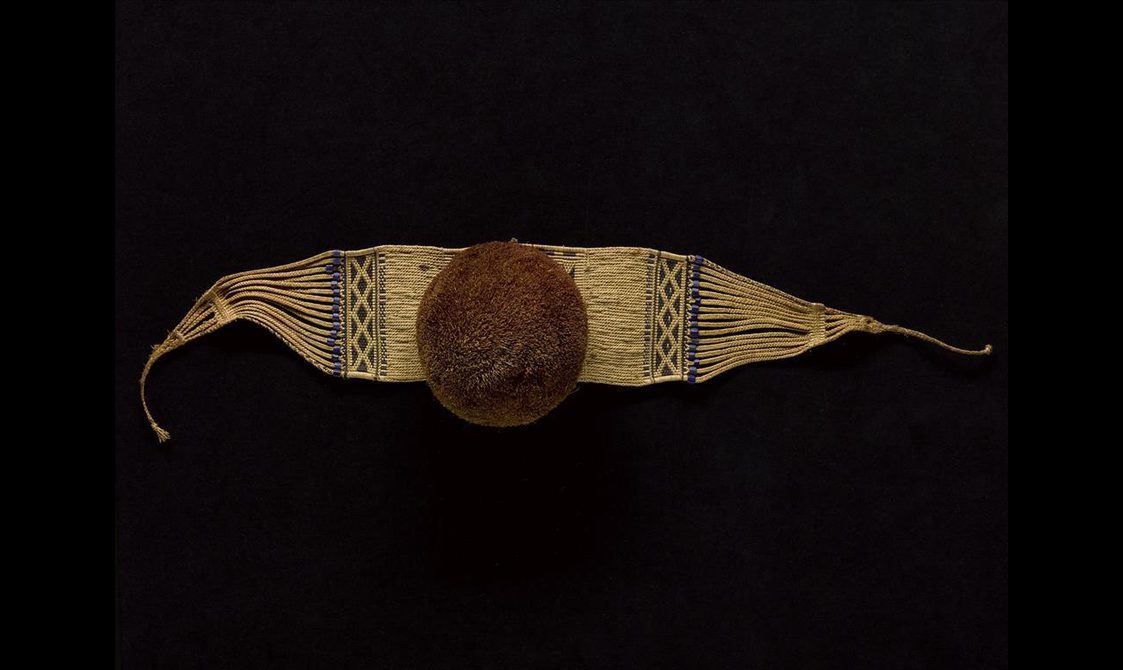

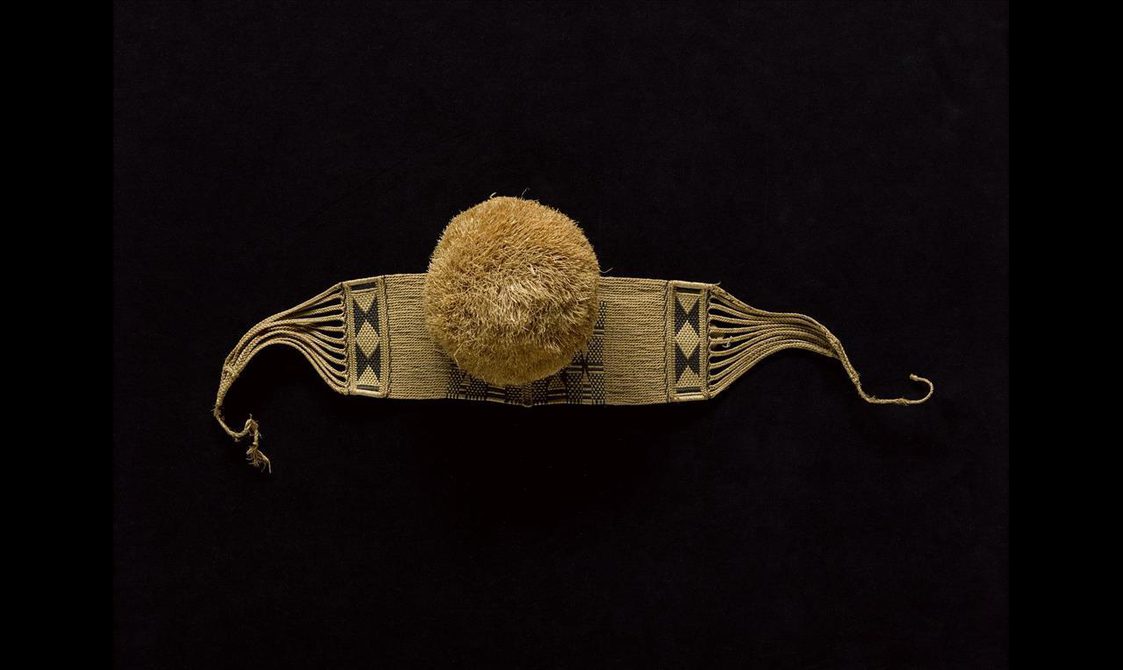
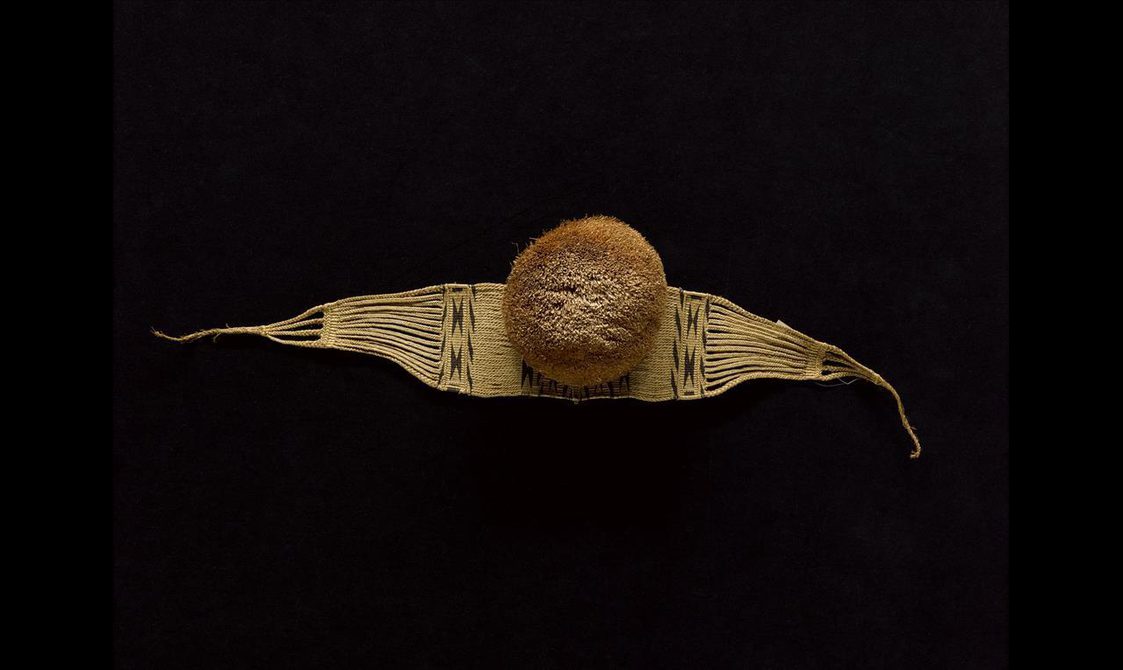
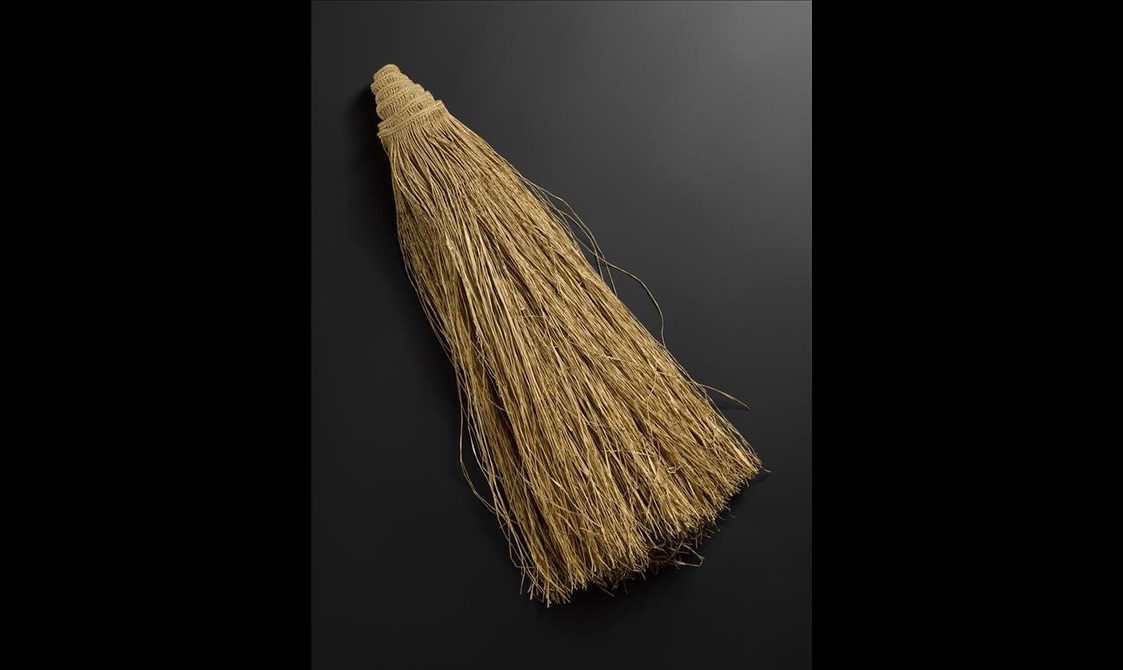
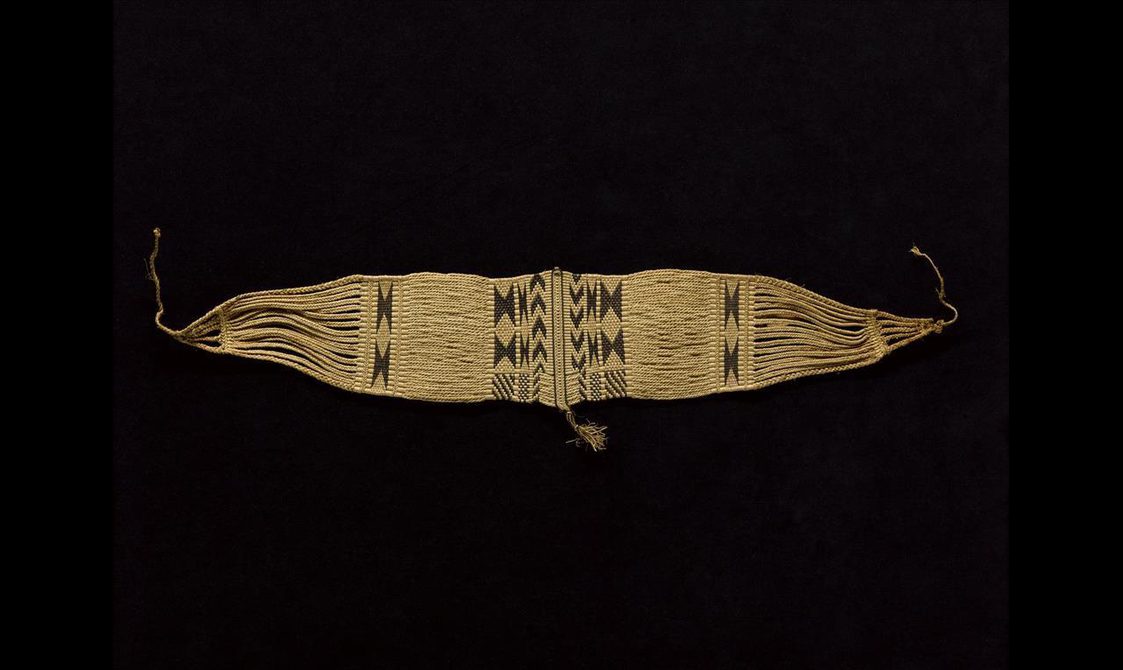

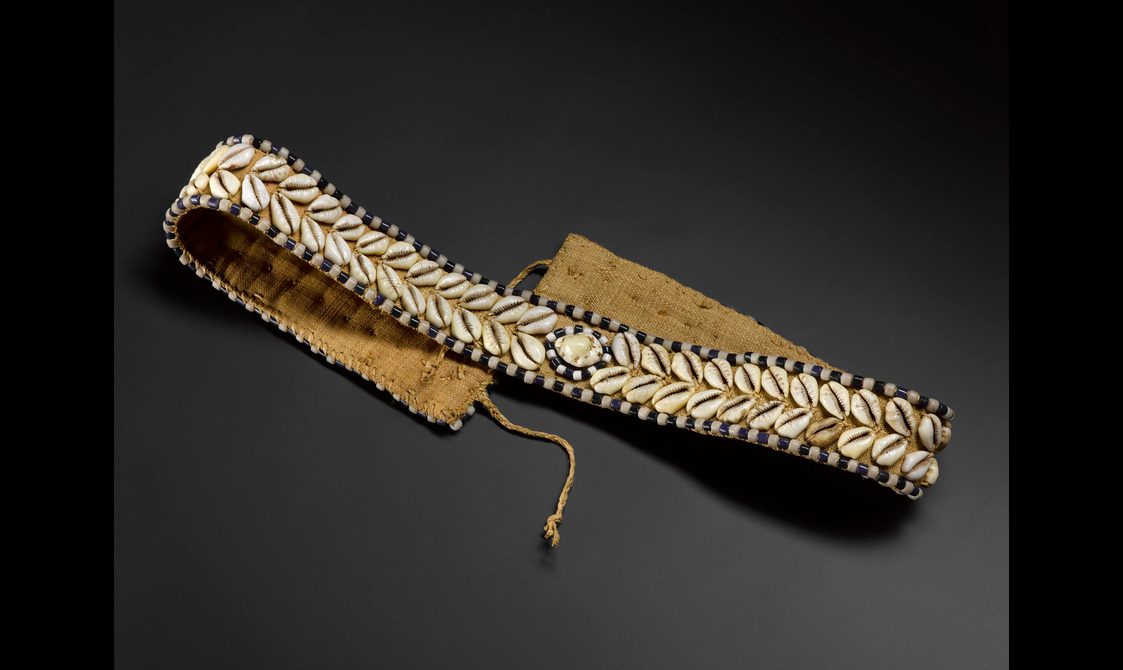
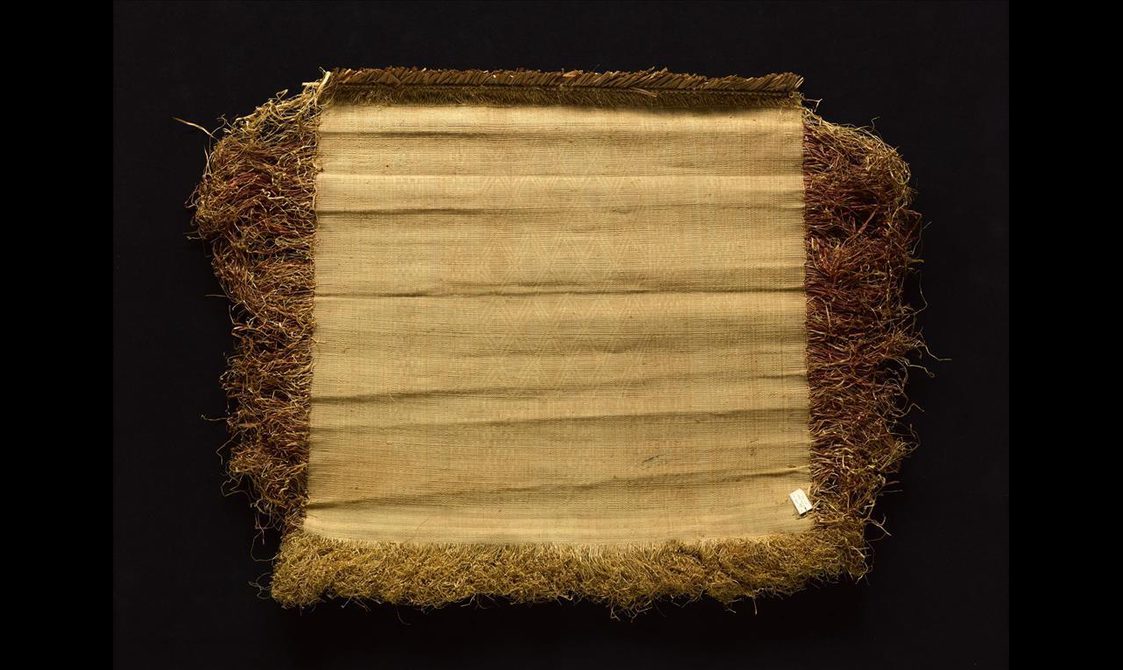
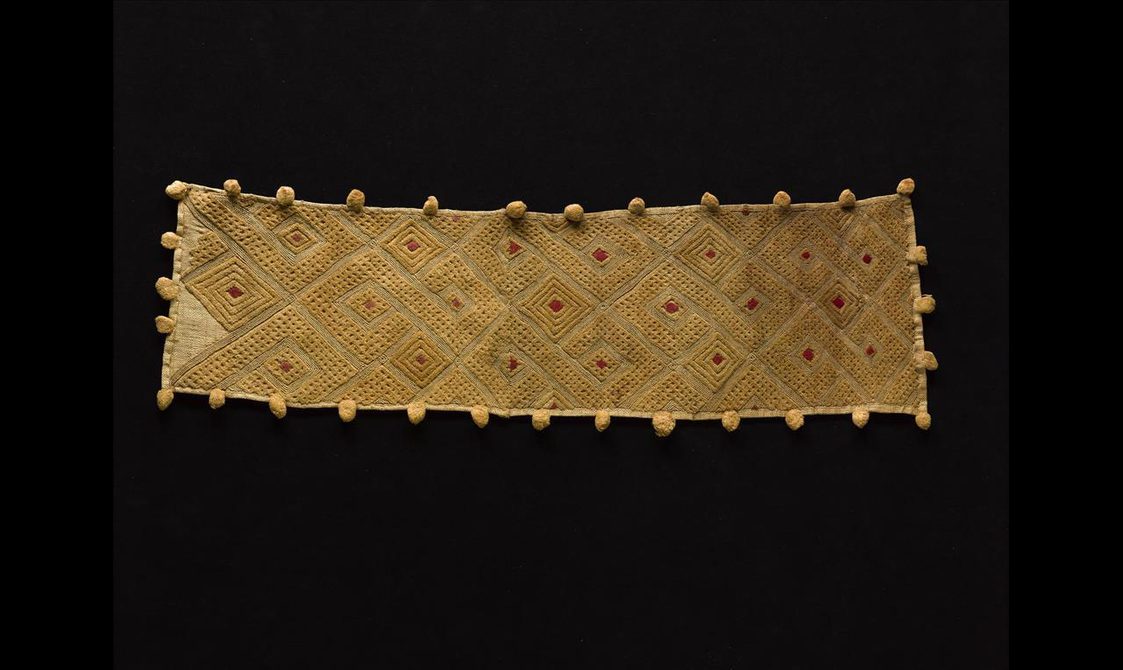
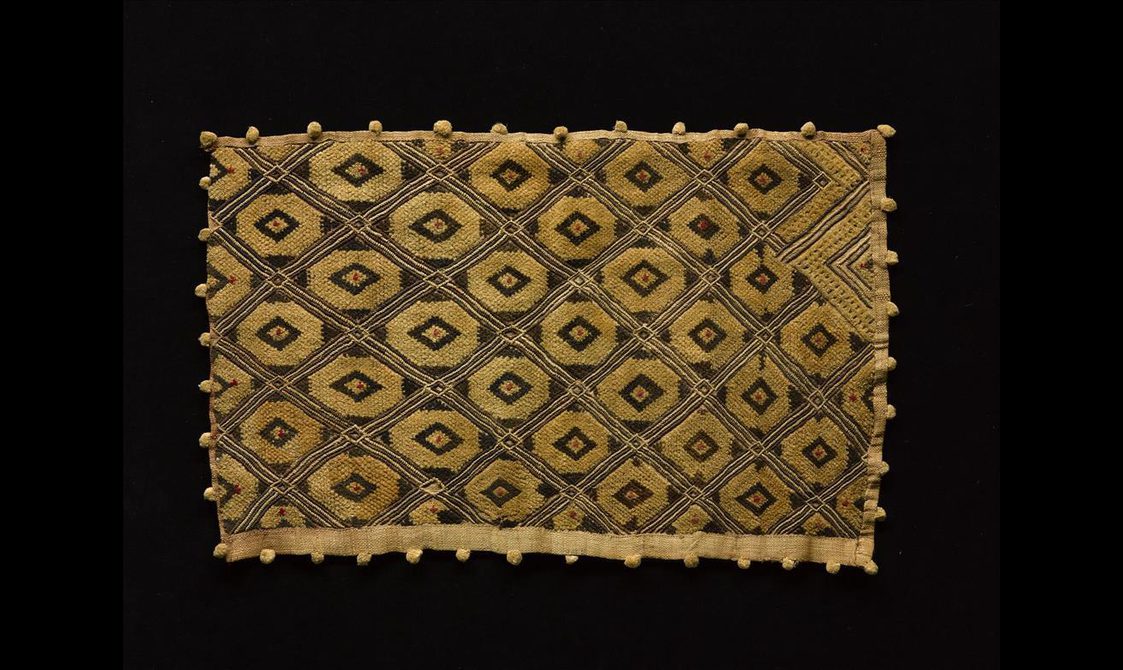
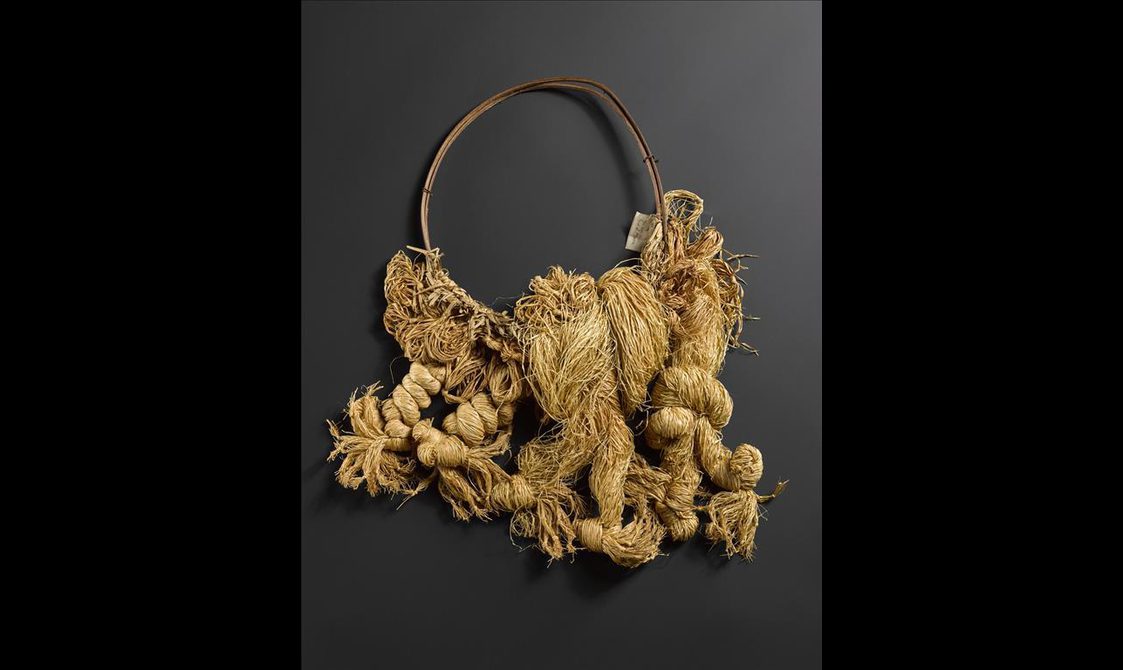
This project is situated within NMS Colonial Histories and Legacies research objectives to unlock the collections, asking how the ‘lives’ of objects contribute to our understanding of cultures and interactions between peoples, and the impact of cultural contact over time. Connections and networks forged through academic collaboration will contribute to a higher profile for both the African collections and National Museums Scotland. This in turn will provide new perspectives for future development of new galleries and displays.
Project contact
Dr Margaret Maitland

